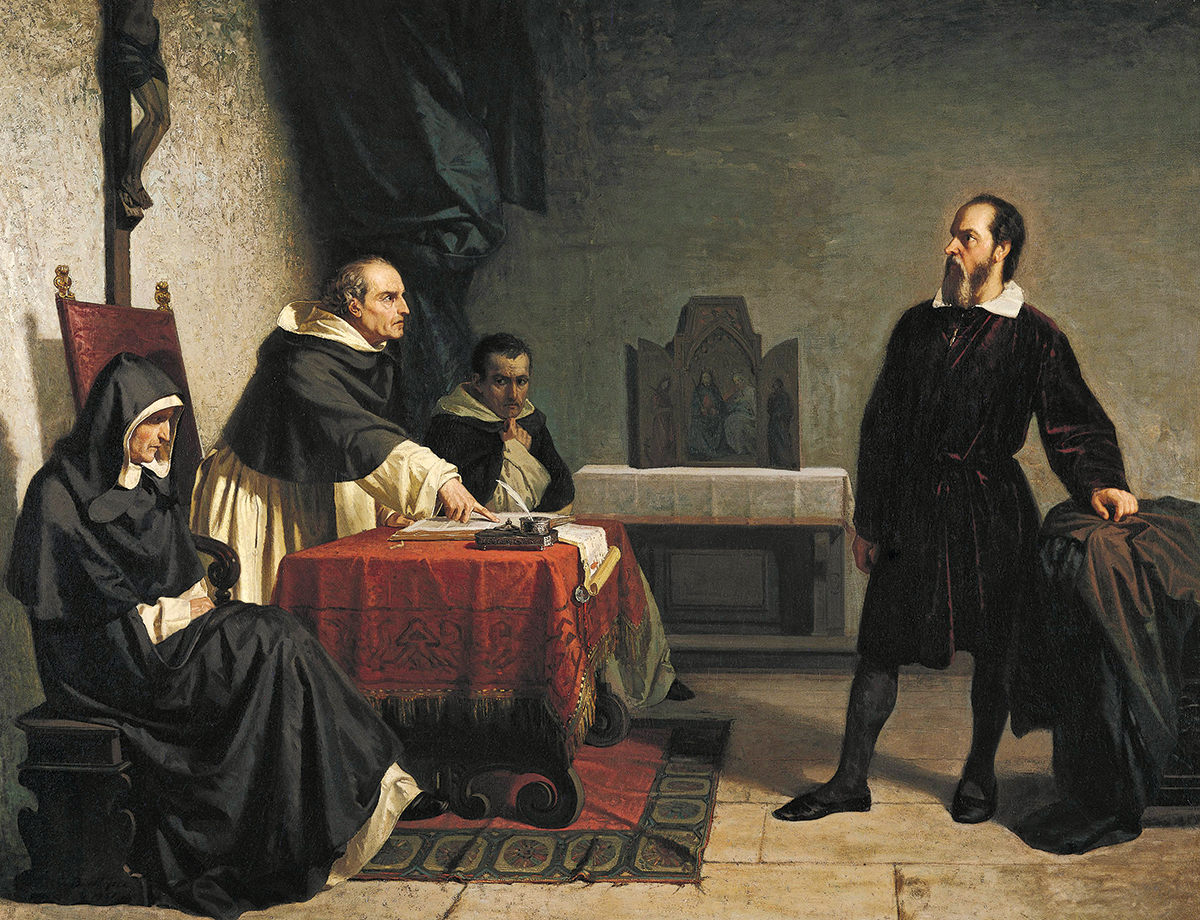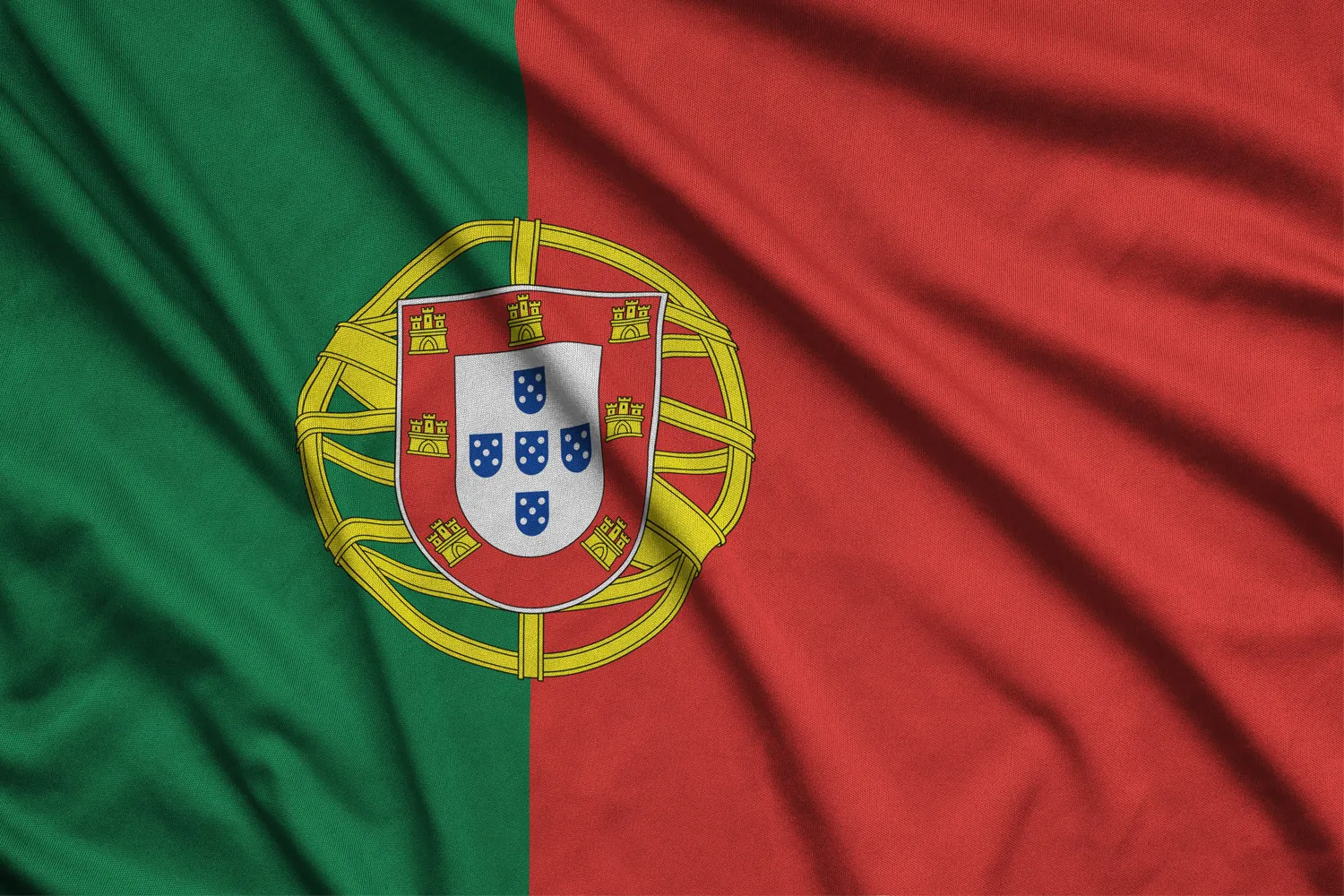The Inquisition and the persecution of the Sephardim: a moving summary

Created in the Middle Ages in the 13th century, Inquisition was an institution composed of several courts led by Catholic church. Through this ecclesiastical structure, individuals who shared ideas or behavior criminalized by the Church were punished. Although it assumed different configurations, varying according to the context or region where the court was present; however, regardless of these differences, persecution, prosecution, judgment and often death was the path followed by these people who somehow seemed to threaten Catholic orthodoxy.
Over the centuries of the Inquisition's existence, many ideas and practices that are now commonplace have been criminalized. Scientists, for example, were constantly on trial for the punishing looks of the court of holy faith. Galilleu Gallilei, physicist and astronomer born in Florence, was called to Rome by Pope Urban VIII, to be tried for his defense of Nicolaus Copernicus theory. Condemned by the court of holy faith, Gallilei was condemned to abjure, to deny heliocentrism, consequently reinforcing the theory that it was the Earth that revolved around the sun and not the other way around.
There were many crimes listed and pursued by the Court, some linked to deviant attitudes - such as bigamy, invocation of the devil in witchcraft practices, reading books prohibited by the Church, defense of free fornication, sodomy (practice of anal sex), etc. . - and others related to changes in faith. Crimes against Catholicism took over those who doubted the Blessed Sacrament, who denied the dogmas of the Church and the Pope, who questioned the purity of the Virgin, the followers of the "Luther sect" or "Muhammad" and, finally, judaizing practices. That last offense was undoubtedly the most persecuted by the Inquisition in the Iberian peninsula.
All Saints' Day was the date chosen by the Catholic Church to launch, in 1478, the document that would found the Inquisition in the modern period. On November 1, the papal bull Exigit sincerae devotionis affectus it was written in response to requests from Catholic kings - Isabel de Castela and Fernando de Aragão - who yearned for a seal of approval from Rome to defend Catholicism, especially after centuries of the beginning of the process of Reconquering the Iberian Peninsula from the hand of Muslim Arabs. Both longed for an independent Church court, to function with its own structure, regiment and staff, and to punish individuals who continued to profess non-Catholic faiths. It was an extremely important instrument for the so-called “blood cleaning”. It should be noted that the great motivating factor for the creation of the Inquisition court was, without a doubt, Judaism.
While Spain was experiencing the Inquisition and its auto de fés - a kind of procession where the prosecuted people paraded towards the public pronouncement of their sentences - Portugal was experiencing a different moment. The birth of Portuguese Holy Office, founded only four decades later, is the result of a long journey started mainly from the expulsion of Sephardim and Muslims from the neighboring kingdom.
The Edict of Alhambra, published on March 31, 1492, boosted the migration of thousands of Jews who fled to Portugal to escape not only the forced conversion, but also the bloody spectacles promoted against them by the Spanish Inquisition since 1478. Until then in the Portuguese kingdom the coexistence between Christians and non-Christians had not caused tensions in any way similar to those identified in Spanish territory. However, the sudden increase in the Jewish presence in the Portuguese kingdom and the difficult integration of the new arrivals, added to the pressure of the Spanish kings on the Lusitanian monarch, culminated in the expulsion of 1497.
Dom Manuel I's decree was also shot in the foot
The decree granted by d. Manuel I foresaw not only the expulsion of Muslims and Sephardim from Portuguese territory, but also the confiscation of property and the closing of mosques and synagogues, prohibiting the practice of both religions. However, only the first ones managed to leave Portugal. Conscious of the importance of the Jews to the Portuguese economy - mainly in the financing of overseas activities - the Portuguese crown adopted measures aimed at hindering their evasion: it restricted the exit only through the port of Lisbon, took its minor children, limited the sale of real estate , among others. Lastly, tens of thousands of Jews were forced to receive baptismal water and were identified as new Christians.
The final break between Catholics and new Christian converts came almost a decade after the mass conversion of the Jews. The famous episode of massacre of Lisbon in 1506 was driven by a violent reaction to the comment of a new Christian, who within the Church of São Domingos he made a supposed comment about the miraculous shine on the crucifix, and it became the last straw for the coexistence between old and new Christians. During three days hundreds of newly converted Sephardim were killed and since then the tension between the two groups has increased exponentially. Although the crown often interfered in favor of new Christians, trying to settle the altercations and also the flight of capital that sponsored the expansion of the Portuguese empire, the truth is that in 1536 the Inquisition arrived in Portugal with his eyes turned to Judaism and new Christians who insisted on practicing it. In the name of the Catholic Church, and throughout its nearly three centuries of operation, the portuguese inquisition, whose headquarters were in Lisbon Rocio's black house (where the D. Maria theater is currently located), generated around 45 thousand cases divided among its different courts, pursuing - including in Africa, America and Asia - thousands of women and men who dared to behave differently or in different ways.
References:
Elias Lipner, Holy Inquisition, terror and language, Documentary Publisher, 1977.
Francisco Bethencourt, History of the Inquisitions: Portugal, Spain and Italy - 15th-19th centuries, São Paulo, Companhia das Letras, 2000.
Giuseppe Marcocci and José Pedro Paiva, History of the Portuguese Inquisition: 1536-1821, Lisbon, A Esfera dos Livros (ed.), 2013.
José Pedro Paiva, Bastions of faith and discipleship: the link between the Inquisition and the bishops in Portugal (1536-1750), Coimbra, University of Coimbra Press, 2011.
Yllan de Mattos and Pollyana G. Mendonça (orgs.), Inquisition & Ecclesiastical Justice, Jundiaí, Paco Editorial, 2013.
Find out if you are a Sephardic Jew descent
You can find out if you have Sephardic ancestry. To do this, you just have to correctly answer all the fields on our pre-analysis form. There are no costs associated with completing the form.

Constitutional Court rules that proposed change to the Nationality Law is unconstitutional.
The Constitutional Court of Portugal has ruled that relevant parts of the proposed amendment to the Nationality Law violate constitutional principles […]

"A few years ago, Portugal made changes to make access to citizenship more humane."
In an interview with the Portugal Giro column of the newspaper O Globo, legal expert Isabel Comte analyzed the impact of the changes to […]

Transmission of Portuguese nationality to family members: requirements, steps and points to consider.
Nationality for spouses: when does the right exist? Access to Portuguese nationality through marriage is based on the length of the union and […]